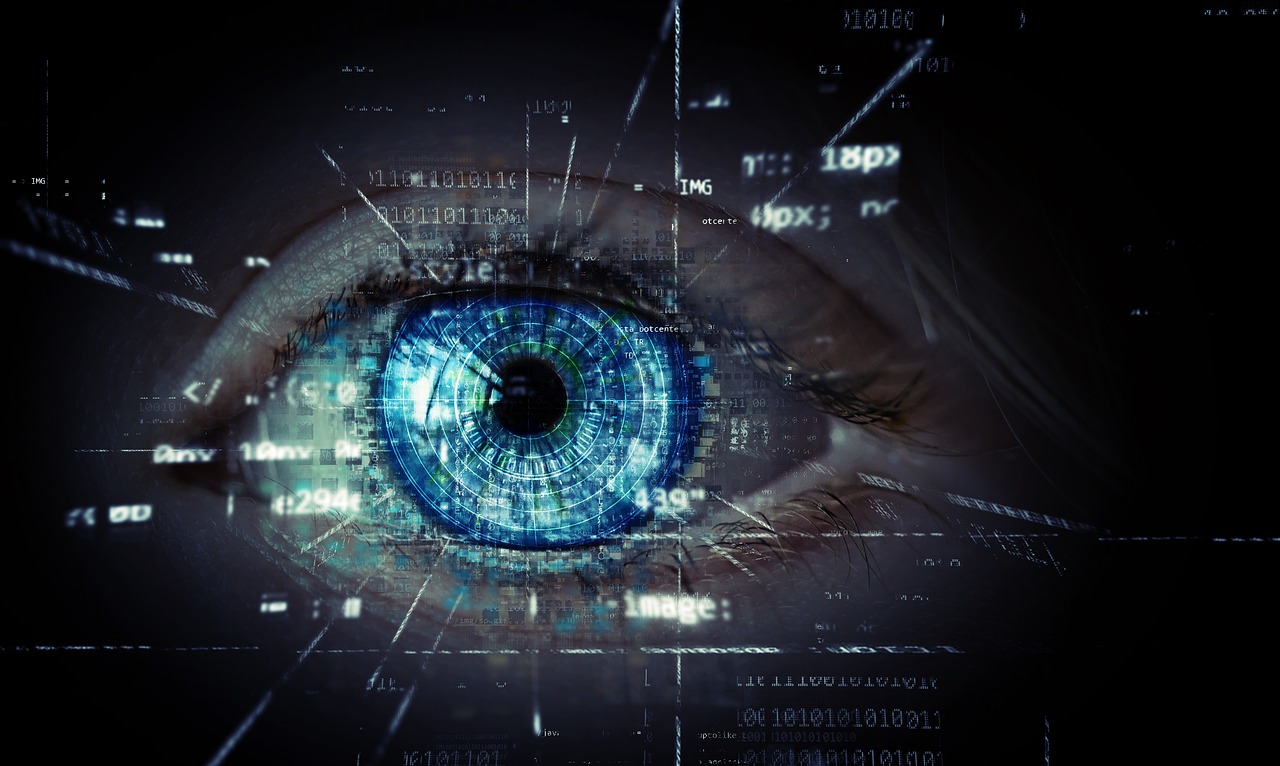
06 Apr VISIONS OF TOMORROW: THE FUTURE OF OPTOMETRY AND OPTOMETRISTS
Optometry has come a long way from its humble beginnings in the 17th century. As our understanding of ocular health and technology has evolved, the field of optometry has seen rapid advancements. As we move into the future, we can expect to see even more innovative solutions to address the eye care needs of a growing global population. So let’s think about the future of the field, and the role that optometrists might play going forward.
As you may have noted, the COVID-19 pandemic pushed the healthcare industry to embrace telemedicine, and optometry was no exception. Tele-optometry and virtual consultations are here to stay, providing patients with convenient access to eye care professionals from the comfort of their homes. This digital shift will help reach remote and underserved populations and reduce the burden on traditional eye care facilities.
Tele-optometry services, such as remote eye exams, vision screenings, and prescription management, will become increasingly popular. These services will be supported by advanced diagnostic tools and algorithms, enabling eye care professionals to accurately assess and manage patients’ ocular health remotely.
Artificial Intelligence (AI) and Machine Learning (ML) have the potential to revolutionize the field of optometry as well. AI-driven diagnostic tools and predictive algorithms will help eye care professionals detect ocular diseases earlier and with greater accuracy. This will facilitate the timely treatment of conditions like diabetic retinopathy, glaucoma, and age-related macular degeneration, preventing or minimizing vision loss in patients.
Machine learning can also be used to analyze large data sets to identify patterns and trends that can inform public health strategies and personalized eye care. Furthermore, AI-assisted tools will help streamline administrative tasks, such as appointment scheduling and electronic health records management, allowing eye care professionals to focus on patient care.
The future of optometry will see the integration of wearable technology into eye care solutions too. Smart glasses and contact lenses will have embedded sensors and cameras that can monitor ocular health continuously. These devices will collect data on intraocular pressure, tear film quality, and pupil dilation, enabling early detection and intervention for various eye conditions.
Additionally, smart lenses will offer vision correction alternatives beyond traditional glasses and contacts. For instance, electronic lenses with adjustable focus could help individuals with presbyopia to switch between near and distance vision with ease. This technology could also aid in the development of customized lenses that cater to individual visual needs.
3D printing technology has already made significant inroads in the medical field, and optometry is no exception either. Customized frames and lenses can be printed on-demand, reducing production costs and waste while providing patients with personalized eyewear solutions. Furthermore, bioprinting holds the promise of revolutionizing corneal transplantation. By using a patient’s own cells, researchers are working towards creating bioengineered corneas that can replace damaged tissue, potentially eliminating the need for donor corneas and reducing the risk of rejection.



